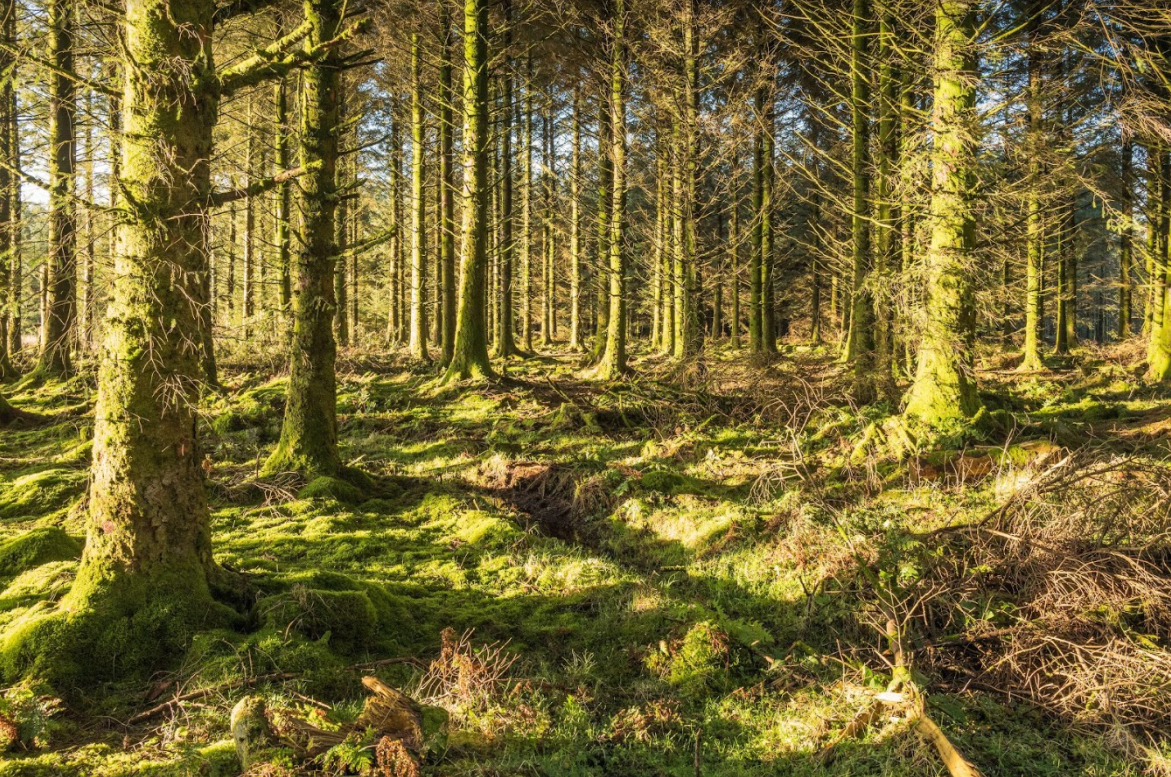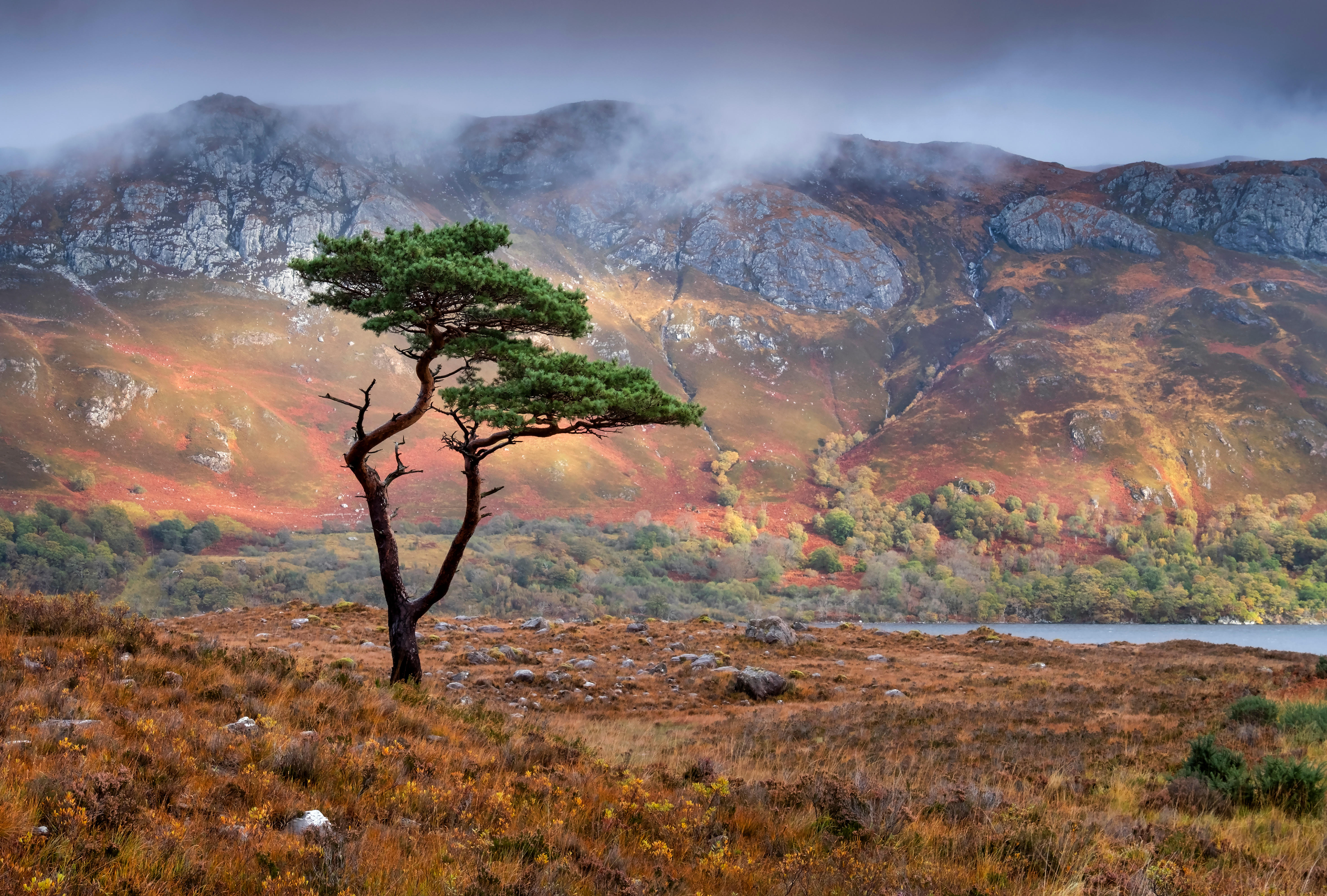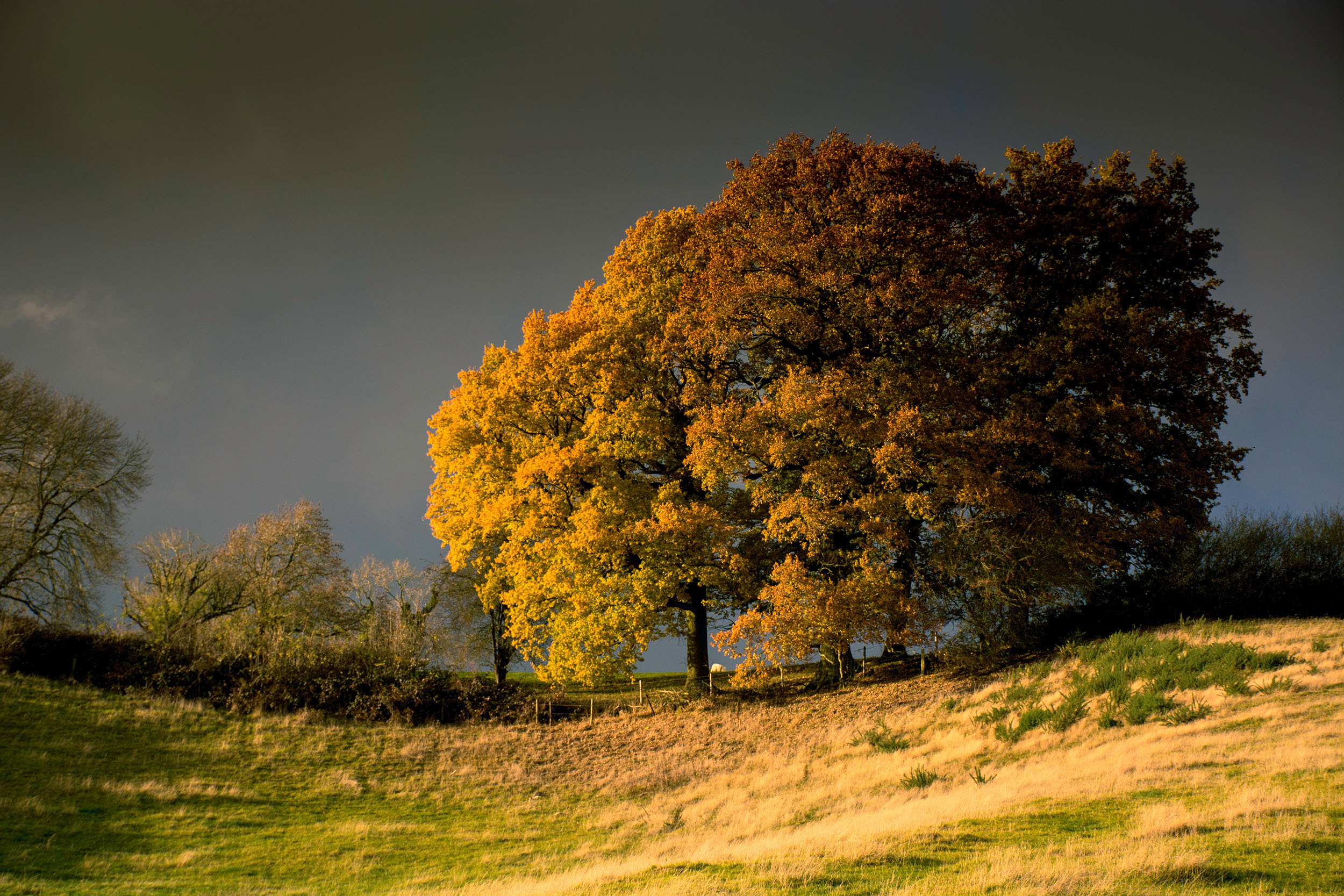Country Life to plant over 2,300 trees through our Trees for Tomorrow campaign
We're delighted to report that Country Life's Trees for Tomorrow campaign has successfully raised thousands, thanks to the generous donations of Country Life's readers and sponsors.


Earlier this year, Country Life launched an ambitious campaign in partnership with Forestry England and Charles Stanley Wealth Managers to plant thousands of trees in a new Country Life wood. We're delighted to provide an update: we raised over £11,000 thanks to your generosity, as well as donations from Charles Stanley Wealth Managers and garden building specialists Prime Oak.
With the funding secure, the next phase of the project is set to begin. Groundwork is getting under way this autumn, with the first tree planned to go in at some point between January and March, depending on temperature and ground conditions. We'll follow the project as it progresses, but for now these are the key things to report.
Where will the trees be planted?
Thanks to your donations — which totalled a figure of £11,625 — our partners at Forestry England will be able to plant 2,325 trees at a site within the Queen Elizabeth Country Park in Hampshire, just off the A3 between Petersfield and Portsmouth.
It's a beautiful spot, located within the South Downs National Park. The area also contains an area that’s a Site of Special Scientific Interest (SSSI), as well a variety of scheduled and unscheduled ancient monuments. Among these is Holt Down Roman Villa, a series of ancient earthworks identified in a 1997 site survey, consisting of lynchets, holloways, ponds, drystone structures and possible barrow mounds.

Why was this site chosen?
Sadly, the area has been affected badly by 'chalara', perhaps better-known as ash dieback disease. It's a fungal disease that affects ash trees by blocking the water transport systems, causing leaf loss, lesions in the wood and on the bark; this leads to the dieback of the crown and brittle branches which become a genuine danger and necessitate the tree to be cut down. In 2019, around 50 acres of woodland had to be felled in the park due to the spread of the disease. Thanks in large part to the Country Life campaign Forestry England will be able to restore more than half the affected area to woodland in the coming planting season, which begins in January 2022.
What type of trees will be planted?
There will be a real mixture of species, including oak, beech, hornbeam, whitebeam, small leaved lime, wild service, field maple. The species have been carefully selected to support the biodiversity of the site and to be resilient to pests, diseases, and a warming climate.
Will you be able to visit?
Absolutely. At 1,400 acres, Queen Elizabeth Country Park is the largest country park in Hampshire, and has over 20 miles of trails for walking, cycling and horse riding. The plan is for a plaque or sign to be erected at the site to mark the Country Life wood, with the magazine's name as well as the names of some of the biggest contributors.
Exquisite houses, the beauty of Nature, and how to get the most from your life, straight to your inbox.

'Trees remind us of our insignificance, our transience, and the necessity of wonder'
As Country Life launches its Trees for Tomorrow campaign, to mark the magazine’s 125th anniversary, John Lewis-Stempel reflects on why

As woodland is booming, and planting trees has become the right thing to do — with both heart and head
Investing in woodland has never been more popular, and the reasons are as much about sustainability as they are commercial.

The 10 best trees you'll find in Britain, from Alder to Scots Pine
John Lewis-Stempel picks out his ten favourite British trees.

Credit: Alamy
Trees For Tomorrow: Join Country Life as we plant thousands of trees
To celebrate the 125th anniversary of Country Life’s launch in 1897, we have joined forces with Charles Stanley Wealth Managers
Country Life is unlike any other magazine: the only glossy weekly on the newsstand and the only magazine that has been guest-edited by His Majesty The King not once, but twice. It is a celebration of modern rural life and all its diverse joys and pleasures — that was first published in Queen Victoria's Diamond Jubilee year. Our eclectic mixture of witty and informative content — from the most up-to-date property news and commentary and a coveted glimpse inside some of the UK's best houses and gardens, to gardening, the arts and interior design, written by experts in their field — still cannot be found in print or online, anywhere else.
